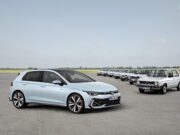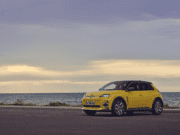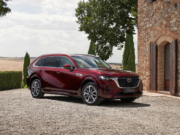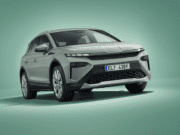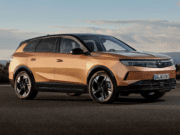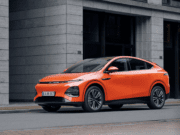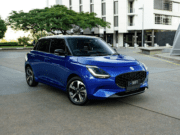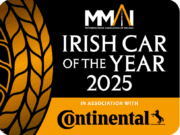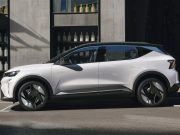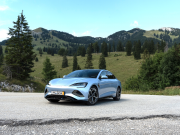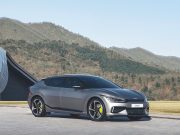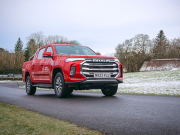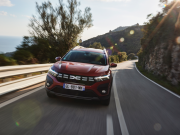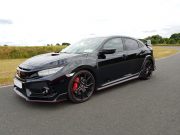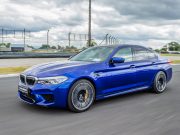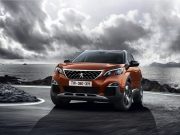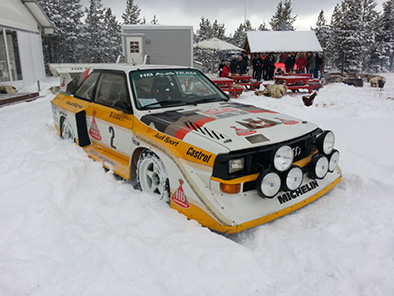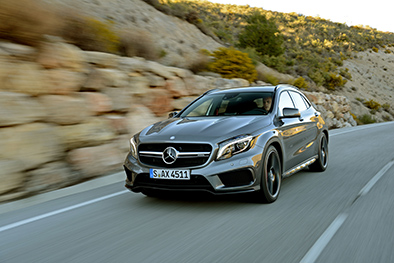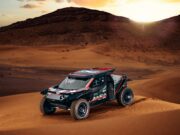 The all new VW ID. Buzz and Buzz Cargo is getting that bit closer! This is set to be a genuine icon for the electric era. A car, the likes of which only Volkswagen can build. In the 1950s, the Volkswagen T1 stood for a new feeling of automotive freedom, independence and great emotion. The ID. Buzz picks up on this lifestyle and transfers it into our time: emission-free, sustainable, fully networked and now ready for the next big chapter: autonomous driving. The new model line’s assistance systems perfect ease of driving and safety. Included as standard in the ID. Buzz and ID. Buzz Cargo is the ‘Car2X’ local warning system, which utilises signals from other vehicles and the transport infrastructure to spot hazards in real time. Also included as standard: the ‘Front Assist’ emergency braking function and, in the MPV, the ‘Lane Assist’ lane-keeping assistant. With new software, new assistance functions are also making their way into the ID. family. Available as an option is ‘Travel Assist with swarm data’, which facilitates partially automated driving across the entire speed range and, for the first time, assisted lane-changing on the motorway. Also new: the ‘Memory Function’ for automated parking on a previously saved route.
The all new VW ID. Buzz and Buzz Cargo is getting that bit closer! This is set to be a genuine icon for the electric era. A car, the likes of which only Volkswagen can build. In the 1950s, the Volkswagen T1 stood for a new feeling of automotive freedom, independence and great emotion. The ID. Buzz picks up on this lifestyle and transfers it into our time: emission-free, sustainable, fully networked and now ready for the next big chapter: autonomous driving. The new model line’s assistance systems perfect ease of driving and safety. Included as standard in the ID. Buzz and ID. Buzz Cargo is the ‘Car2X’ local warning system, which utilises signals from other vehicles and the transport infrastructure to spot hazards in real time. Also included as standard: the ‘Front Assist’ emergency braking function and, in the MPV, the ‘Lane Assist’ lane-keeping assistant. With new software, new assistance functions are also making their way into the ID. family. Available as an option is ‘Travel Assist with swarm data’, which facilitates partially automated driving across the entire speed range and, for the first time, assisted lane-changing on the motorway. Also new: the ‘Memory Function’ for automated parking on a previously saved route.
The ID. Buzz and ID. Buzz Cargo are launching across Europe with a 77 kWh battery (gross energy content: 82 kWh). It provides current to a 150 kW electric motor, which – as the flat engine once did in the T1 – drives the rear axle. The position of the battery, integrated deep down in the sandwich floor, and the lightweight electric drive system result in a good distribution of weight and a low vehicle centre of gravity. Both factors optimise the handling and agility. The lithium ion battery can be charged from wall boxes or public charging stations using 11 kW alternating current (AC). Via a CCS plug connector at a DC rapid-charging station (direct current) the charging power increases to as much as 170 kW. When charged in this way, the battery charge level rises from 5 to 80% in about 30 minutes. Using the latest ID. software, the model line will also offer the ‘Plug & Charge’ function in the future. Via this function, the ID. Buzz authenticates itself at compatible DC rapid-charging stations via the charging connector using the ISO 15118 standard. It also exchanges all necessary data with the charging station in this way – an added convenience. Bidirectional charging enables the ID. Buzz to feed unneeded energy from the battery into the customer’s home network (Vehicle-to-Home). The power transfer and communication take place via a special DC bi-directional wall box.
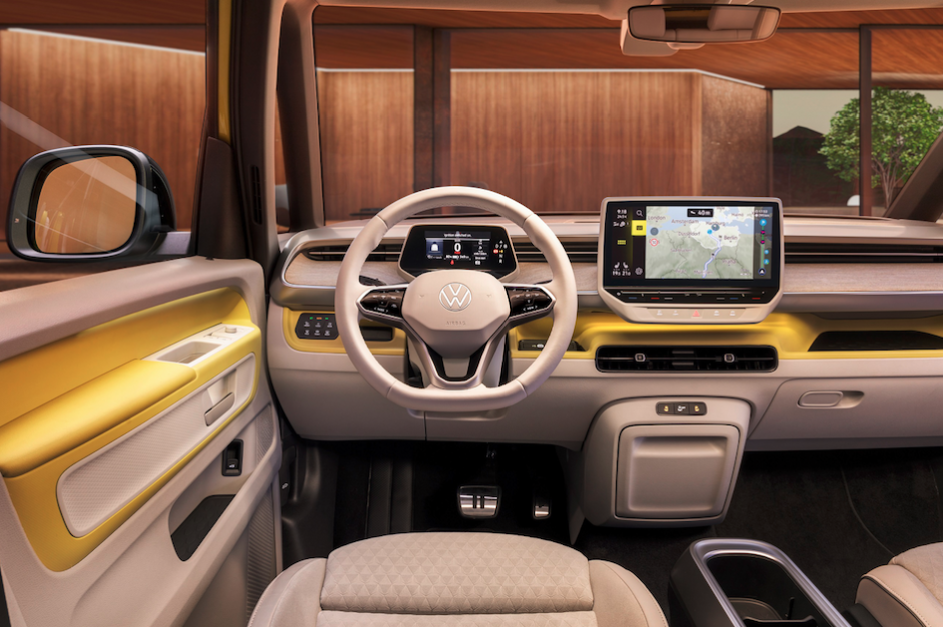

ID. Buzz drivers and passengers experience the new Bulli feeling in a spaciously designed interior. Typically Bulli: the layout is very clear, the concept well thought through and utilisation of space optimal. In the lounge-like, friendly ambience of the MPV version, five people have ample room for travelling and for their luggage (1,121 litres of capacity). If the second row of seats is folded down, the load capacity increases to up to 2,205 litres. Two or three seats up front, as the customer desires, and a fixed partition separating off the 3.9 m3 cargo space are distinctive features of the ID. Buzz Cargo. The zero-emission cargo version can take two loaded euro pallets, loaded in transversely.
One feature of the ID. Buzz and ID. Buzz Cargo is the long wheelbase of 2,988 mm, roughly the same as that of the current T6.1. The length of both versions is 4,712 mm. By virtue of what, in relation to the overall length, is a very long wheelbase, optimal use is made of the vehicle footprint. Including roof aerial, the two versions of ID. Buzz measure, dependent on specification, 1,937 mm or 1,938 mm in height. At 1,985 mm, the new model is 81 mm wider than a T6.1. The turning circle of 11.1 metres, meanwhile, is unusually small.
Design already followed function in the case of the T1, the first Bulli. Form follows function – this central tenet of automotive construction also applies to the design of the ID. Buzz. The iconic clear forms are accompanied here by outstanding aerodynamics: the ID. Buzz has a drag coefficient of 0.285 – 0.29 for the ID. Buzz Cargo. That reduces energy consumption and increases range.
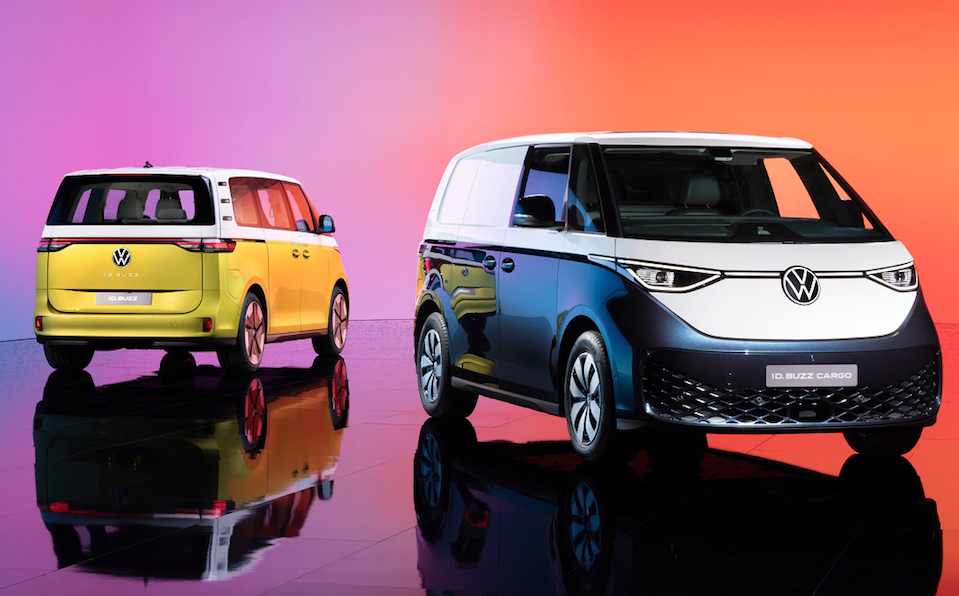

Alan Bateson, Director of Volkswagen Commercial Vehicles Ireland, said: “The ID. Buzz is a complete game changer for Irish motoring. Not only is it the first all-electric MPV and van to be made and shipped with a carbon neutral footprint, it brings the spirit of the original T1 to the cutting edge of vehicle design and technology. There has been a huge amount of interest in ID. Buzz ever since the Microbus prototype was unveiled in Detroit in 2000. Now that it is finally here, as a desirable family passenger car and highly-practical and versatile commercial vehicle, we can see what all the fuss was about.”



